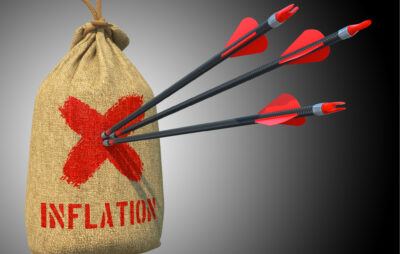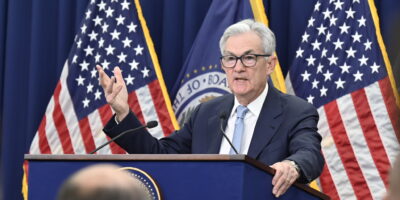Inflation targets and expectations
This month’s unemployment figures—which were much better than expected—prompted many to speculate that the Fed would begin raising its interest rate target in the near future. Some, including Vox’s Matt Yglesias, object to such a policy on the grounds that inflation remains below the Fed’s stated goal of 2 percent.
There’s no denying that inflation has been lower than 2 percent over the last few years and the price level is much lower than it would have been had the Fed consistently hit a 2 percent inflation target. That misses the issue. We should be less concerned with whether inflation is below the Fed’s target and more concerned with whether inflation is below expected inflation.
Textbook macroeconomic theory maintains that economies under-produce when inflation is less than expected. It is costly to change prices so individuals do so infrequently. If the monetary authority fails to provide enough money (given money demand), nominal spending (or, aggregate demand) will be less than expected. Some firms will (1) find it cheaper to contract output than reduce prices or (2) be fooled into under-producing. In either event, the economy as a whole will produce less than it would have—and should have—had the monetary authority lived up to expectations.
The monetary authority can help anchor expectations by setting a target and delivering on that target, period after period. Such commitments are even more believable if the monetary authority delivers when it is costly to do so. Likewise, such commitments are less likely to anchor expectations when past experience exhibits a systematic failure to hit the target. The point: we can’t merely look at whether the monetary authority is hitting its target. We must also know whether that target corresponds to expectations.
Does the economy expect the Fed to hit its stated goal of 2 percent inflation? Not at the moment. The 10-year TIPS spread—a common measure of inflation expectations—was just 1.61 percent in January. Indeed, it is widely believed that the Fed’s stated 2 percent target is, in fact, a 2 percent ceiling. As David Beckworth noted last summer, “[t]his is an argument that Ryan Avent, Matt Yglesias, Paul Krugman, and others have been making for some time.” Why, then, do Yglesias and others continue to evaluate the stance of monetary policy based on whether the Fed hits its target? If the economy believes the so-called target is actually an upper bound, inflation expectations will be less than the target. Hitting the target in that context would likely result in over-production.
Hawks and doves will continue to argue over whether the Fed should produce more or less inflation. That’s unfortunate. The Fed should produce the amount of inflation that is expected so as not to disturb the macro economy. And it should do a much better job of anchoring those expectations around desirable values. A clear monetary rule with strict adherence—even when it hurts—is the best way to do that.










